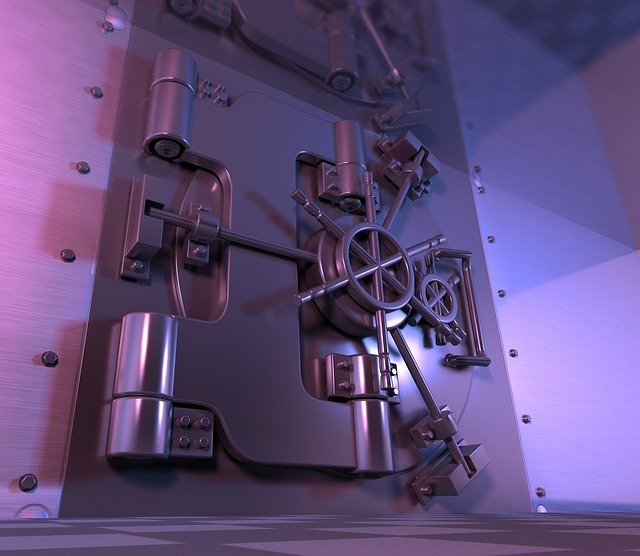The central bank is the institution that creates and controls the supply of money in a country. It is responsible for regulating the country’s monetary policy.
The central bank is responsible for regulating the country’s monetary policy. This includes controlling interest rates, managing inflation, and keeping unemployment low. The goal of these policies is to create stable prices and sustainably maximize economic growth.
• To maintain price stability to achieve sustainable economic growth
• To promote financial stability
• To provide services to the public, such as cash management and payments
The European Central Bank
The European Central Bank is one of the most important institutions in the European Union. It was established to ensure price stability in the Eurozone and it has a great impact on the continent. The European Central Bank, headquartered in Frankfurt, is the central bank for the European Union.
The ECB is one of the most powerful institutions in the world. The ECB controls interest rates and sets monetary policy for 19 countries – including Germany, France, and Italy – with a combined population of more than 500 million people.
The Impact of the European Central Bank on the Continent
The ECB is responsible for maintaining price stability within the Eurozone, which entails controlling inflation and keeping inflation expectations low. The ECB also provides liquidity to banks and helps control bank credit growth.
It has a hand in everything from monetary policy to trade and banking regulation. It also has a hand in all of Europe’s major economies and financial systems.
How the US Federal Reserve Works and its Impact on the Economy
The Federal Reserve is the central bank of the United States. It was created in 1913 by Congress and played a crucial role in stabilizing the economy after the Great Depression.
The Fed is responsible for managing interest rates and controlling inflation. It does this by buying securities from banks and other financial institutions, thereby increasing their reserves and making more money available for loans.
The Fed is responsible for managing the U.S. money supply, supervising banks, and regulating financial institutions to promote stable prices and maximum employment. The Fed also sets monetary policy by controlling interest rates at which banks can borrow from each other or from the Fed itself, thereby influencing long-term interest rates throughout the economy.
In addition to these responsibilities, the Fed also monitors economic data such as unemployment levels and gross domestic product to help guide its decisions on interest rates and other monetary policies.
How do Central Banks Create and Print Money?
Central banks create money by printing it or by purchasing assets. The central bank can then use the newly created money to inject into the economy through various methods. One of these methods is lending to commercial banks, which then lend the money to the public. Another method is for the central bank to purchase government debt, which provides a way for governments to borrow more than they could if they relied solely on private lenders.
Central banks are responsible for printing money, but it’s not as simple as it sounds. The process of printing money is one of the most secretive in the world. The process is usually done with the help of a machine called a printing press. The process can take days or weeks to complete, depending on how much currency needs to be printed and what denominations are being created.
Who Controls the Interest Rates in a Central Bank?
Central banks are the ones who control interest rates in a country. They do this by adjusting the supply of money and through the interest rate that they charge on loans.
Interest rates are an important factor for consumers and companies when it comes to borrowing money. Central banks use interest rates to control inflation, which is a big concern for them.
The role of central banks in controlling interest rates is to maintain a balance between inflation and economic growth. When inflation is higher than what they want, they increase the interest rate to discourage borrowing and spending. They also do this when there is too much economic growth because it leads to higher inflation.
Conclusion
Central banks are the most important financial institutions in the world. They have a significant impact on the economy and regulate it. The question is if they still have a place in today’s world?
The answer is yes because they provide stability and confidence to the global financial system. They also ensure that inflation remains under control so that people can save money for their future needs.
Editor’s Picks
Bank Loans: Eligibility Requirements for small businesses
How to create a Profit and Loss Statement
How your money became worthless
CBDC: How your government plans to control your money.
The world’s superpower is about to change. Are you ready?




Comments are closed.